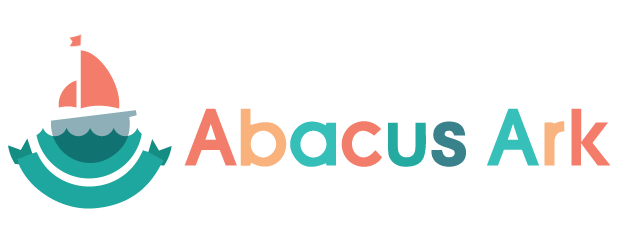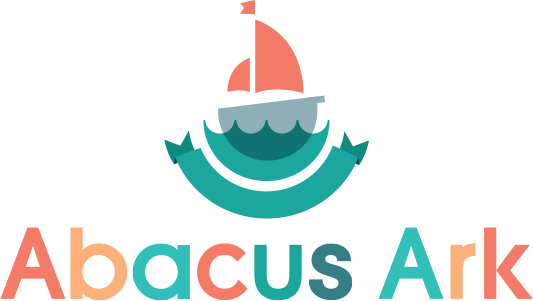By Jo Pandollfi
When I had my children at the beginning of the 1990’s the recommended length of time before weaning our babies was three months. However, parents would proudly compare notes and boast if their child was taking solids earlier than this and it was not unusual for babies to be having baby rice or rusk in their bottles as early as six weeks. Luckily, all this has changed as research has shown that their little digestive systems and kidneys cope better when food is introduced at six months and that there is a reduced chance of developing allergies and also a smaller risk of obesity in later life. The World Health Organisation’s policy of recommending all mothers to only breastfeed for the first six months was adopted by the UK in 2003 to promote these better outcomes for our children. When weaning, we are now advised that the breast or formula milk – which has been the only source of nutrition for the first few months – should still be the significant part of a baby’s diet until they are at least a year old.
As Abacus Ark starts to take children from six months in two of our nurseries, this coincides with the time when many parents go back to work and are trusting us with their babies. The teachers in the baby room work closely with our families to ensure a painless weaning process and individual needs are catered for effectively. In the baby room we do try to accommodate a baby’s routine as far as possible and so share information about new foods being introduced, the type of weaning programme preferred, awareness of allergies and communicating detailed information at the end of each day so that we can ensure the babies are getting enough food and the right nutrition.
Babies all develop at different rates and at six months some are more able to sit up and feed themselves while others are still learning how to swallow. Therefore, the nursery will provide simple smooth textured purees as well as whole pieces of soft food for those who prefer to follow the Baby Led Weaning route.
Babies usually self-regulate and if they cannot manage to chew or swallow a piece of food they will spit it out – or their natural ‘gag reflex’ will come into play. Meal and snack times are closely monitored with the children sitting with a member of staff and they are not given ‘food on the go’ and this ensures that babies are given help with any extra effort needed when chewing or swallowing while keeping them safe.
When following the Baby Led Weaning process it is important to make sure the babies are physically ready, can sit up by themselves and are able to chew. This method has plenty of benefits such as developing hand to eye coordination, becoming independent, choosing what they want to eat, exploring different tastes and colours and deciding when they have had enough. However, when a baby is very ready to eat the hunger is sated at a slower rate when feeding themselves and if they are also tired it can be quite stressful. When feeding purees, it is easier to do this in our own time frame (something that needs to be considered in our busy lives) and the children get the full up feeling more quickly – but it is easier to pop in the extra spoonful or two when the baby is already full which can hinder their own ability to regulate their intake.
When starting at Abacus Ark we will take time to discuss the best way forward for the individual child and adapt as necessary. Some of our babies will use a combination of purees and soft finger foods and some will have the purees for longer than others. As long as we are encouraging healthy eating habits and the children’s food intake is nutritionally balanced and satisfying throughout the day, we can be flexible in how this evolves. The most important thing is to engage in regular communication with the key teachers so that we compliment what families do at home (as far as we are able in our own routines), adjust to each baby’s individual and changing needs and work together to ensure an effective weaning process.



